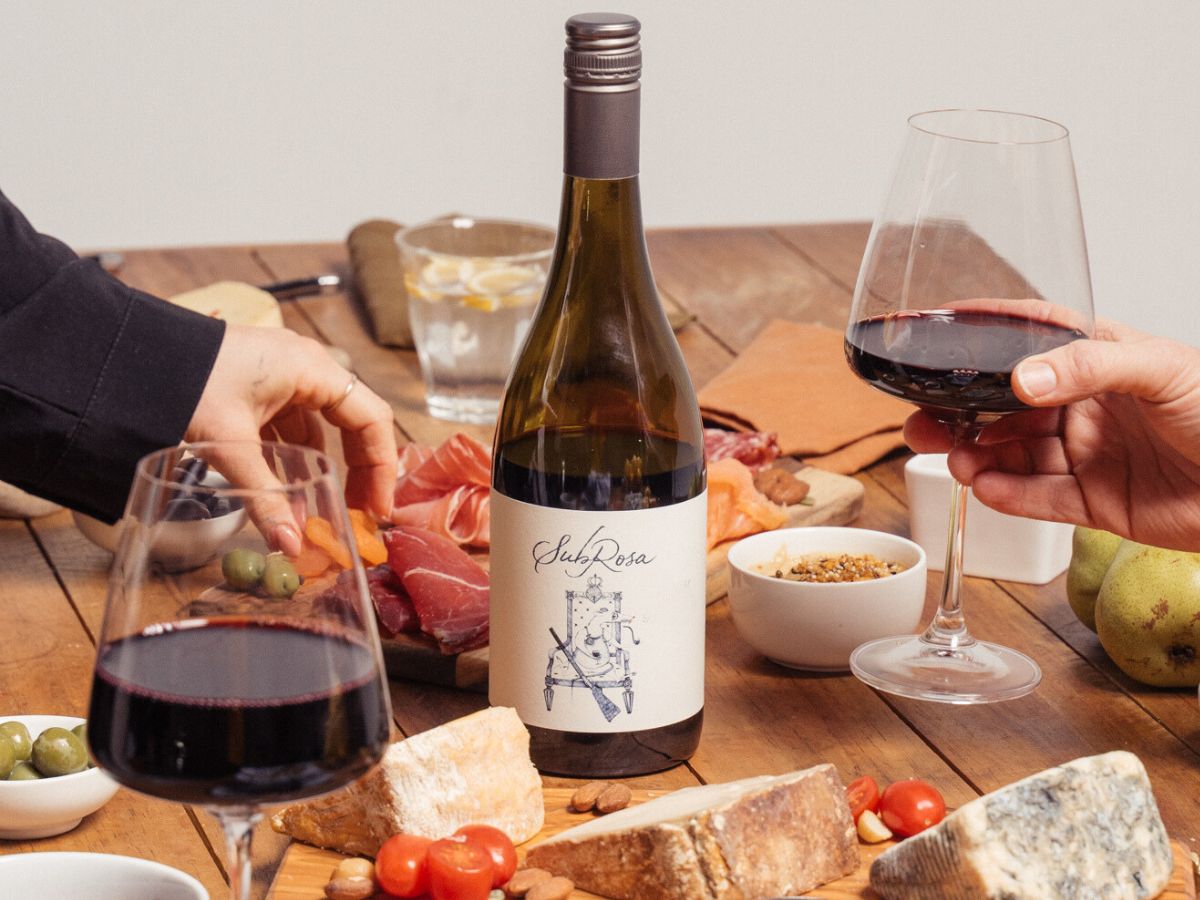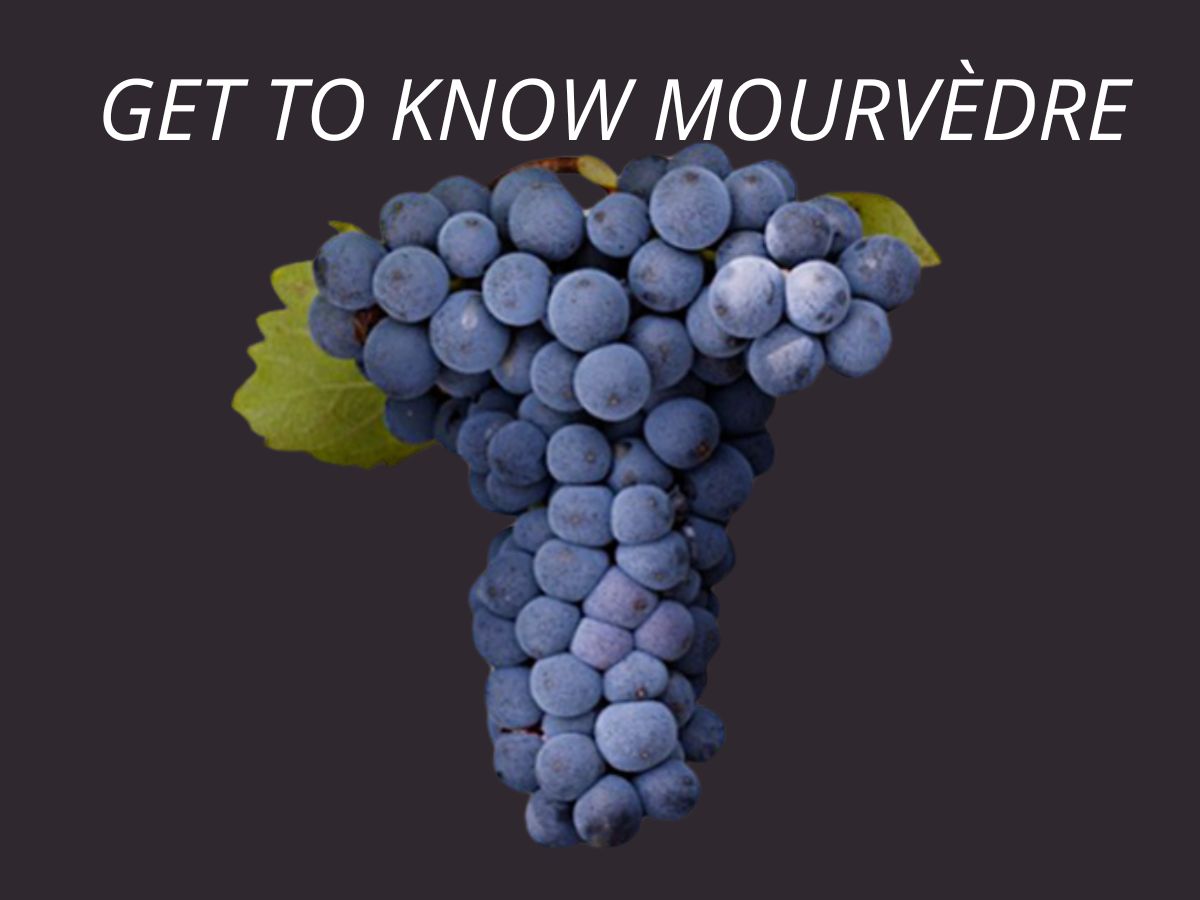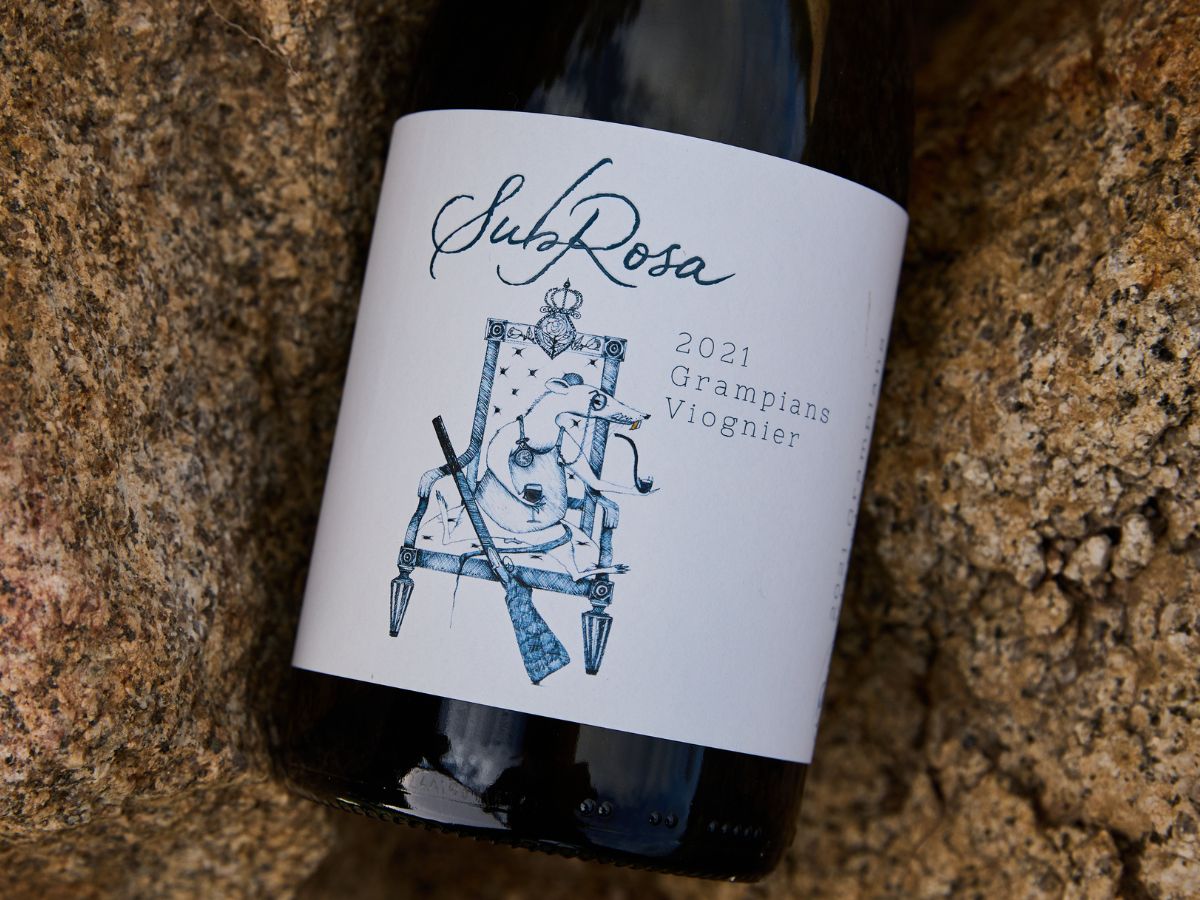Enjoy these fun facts about this little known varietal, Mourvèdre, that deserves greater attention.
- 1
Name Origin: The name “Mourvèdre” is thought to have originated from the Spanish town of Murviedro (now known as Sagunto), located near Valencia. The name evolved from “Murviedro” to “Mourvèdre”, as it was introduced to France and translated to suit French.
- 2
Name Pronunciation: “Mourvèdre” is a tricker wine name for non French speakers. Either of these work so pick the one you find easiest to say. “mohr-VED-dra” or “more-VEH-drha”. Or go with the shortened version – “more-VED”.
- 3
Name Variations: It’s known as Mourvèdre in France. Monastrell in Spain. In Australia it goes by multiple names, depending on the vineyard – Mataro and Mourvèdre. In the early days it also had two more names – Balzac and Lambruscat.
- 4
Origin: In modern terms, Spain is considered it’s origin but the grape’s history is long! It’s believed to have been brought to Spain by the Phoenicians over 2,000 years ago.
- 5
History: The earliest record of the grape is in Spanish texts that date to at least the 16th century.
- 6
French Vineyards: Mourvèdre is a highly respected grape, being classified as one of the 13 permitted grape varieties of Châteauneuf-du-Pape.
- 7
Australian History: Mataro was brought to Australia by James Busby in 1832.
- 8
Australian Regions: Barossa is the largest growing area. Other regions include McLaren Vale, Clare Valley, the Grampians and Bendigo.
- 9
Oldest Planting: Would you believe it’s in Barossa? That’s right, Australia has the oldest vineyard, planted in 1853 by Johan Friedrich Koch. It’s a pre-phylloxera planting, making it the oldest still in existence. Eight rows, just one hectare, of this rare planting remain at Rowland Flat, hand-tended and dry-farmed to this day by the descendants of Friedrich Koch.
- 10
Historical Consumption: Mourvèdre or Mataro as it was always called in the 1880s, was a staple in the production of fortified wines, especially Tawny Port.
- 11
Almost Disappeared: In the late 1980’s South Australian vineyards introduced the Vine Pull Scheme and Mataro was on the list. During this time many Mataro and Grenache vines were pulled but thankfully not all…
- 12
Blending: Mourvèdre first gained it’s popularity in Australia as the M of GSM (Grenache, Shiraz, Mourvèdre). Now it’s getting recognition as a single varietal.
- 13
Body: Mourvèdre is a medium to full-bodied red wine.
- 14
Flavour Profile: Mourvèdre is enjoyed for it’s rich, dark fruit, spicy flavours with a hint of earthiness. Dark fruits are predominantly blackberry and plum.
- 15
Spice Profile: Its spice notes are exotic, frequently expressed to be like Chinese Five Spice.
- 16
Aromas: Mourvèdre aromas display a complexity, including earthy and leathery notes, along with dark fruit notes of blackberry and plum.
- 17
Blending Qualities: Mourvèdre is loved by winemakers as a blending varietal, particularly with Shiraz, because of it’s tannin structure. With bright, crisp tones it can lift the duller tannins of other varietals making it a great foundational varietal.
- 18
Aging Potential: Mourvèdre wines are well-suited for aging, often developing more complex flavours over time.
- 19
Colour: Mourvèdre is typically a deep red colour.
- 20
Soil Preference: It prefers stony and well-drained soils, just like we have in The Grampians.
- 21
Water Needs: Mourvèdre has a high drought tolerance, making it suitable for arid regions. A great varietal for Australia!
- 22
Harvest Timing: Due to its late ripening, Mourvèdre is often one of the last grapes to be harvested in the season. The harvest window is shorter than most other varietals such as Shiraz, posing a challenge for the winemaker to get picking just right – not too green, not overripe.
- 23
Grape Characteristics: The small, thick-skin berries of Mourvèdre are high in phenolic compounds, contributing to the high tannic content and deep colour of the wine.
- 24
Cuisine Pairings: With an exotic spice profile and earthiness characteristics, it’s a good match with Asian and roasted meats. A stand out Asian dish to pair with it is Peking Duck. Personally I like it with a slow-cooked pork shoulder in the oven.
- 25
Meat Pairings: The robust profile and spicy notes make Mourvèdre an excellent with char-grilled and roasted meats, particularly low and slow barbecue.
- 26
Serving Temperature: The ideal temperature for Mourvèdre is 15-20 degrees (cellar or under the stairs temperature). When it’s too cold the flavours are masked and aromas are dull. So don’t store it on top of the fridge!
Related Stories



